OVERSTEER ROAD TEST: Lamborghini Murcielago
The Lamborghini Murcielago was a car that had to be outrageous – it was the latest in line following the original definition of “Outrageous Supercar” – the mighty Countach. The Countach’s successor was the equally outrageous Diablo. The Murcielago simply HAD to be outrageous. Luckily it was. Ben Selby checks out a pair of them.
The year was 1879 and the venue was the ‘Coso de los califas’ bullring in the Spanish town of Córdoba. A fierce fighting bull named Murcielago went head to head with ace matador Rafael Molina Sanchez. The crowd cheered with enthusiasm as Murcielago fought with such heart and gallantry, surviving 24 sword strokes.
In the end, the crowd called for the life of this one-of-a-kind fighting bull to be spared, which the matador was more than happy to do so. Murcielago then became the property of Don Antonio Miura and started an entire bloodline of courageous and deadly bulls!
This is stuff of legend; something Lamborghini knew all too well. After being taken over by Audi in 1998, the company had already started on plans to replace their Diablo, with a fresh flagship design for the 21st century. That car was called Murcielago and boy was it a good ‘un!
The Murcielago, released in 2001, was the first all new Lamborghini to be made under its German owners. Audi insisted the car had to be more user friendly, better built and easier to drive than Lambos of old. So while the Germans ensured the car wasn’t going to fall apart on delivery, the Italians went to work on the meat!
Styling wise, automotive designer Luc Donckerwolke was brought on board to pen the lines of the new car. He already had experience with Lamborghini designing the last of the 6.0-litre Diablo VTs, so Lambo management were more than happy to let him have another go.
The looks that resulted from the softly spoken Belgian were cleaner cut than that of the old Diablo. On first impressions the car didn’t seem so outlandish as first expected, but the more people gazed, the more they realised just what a masterpiece it was.
A low swooping roofline and buttresses were equally complemented by angular cues, such as the headlights, intakes and mirrors. A revolutionary part of the design was the adjustable cooling flaps found on either side of the rear of the car. These would open depending on the air and engine temperature providing sufficient cooling. Just being near this car was enough to give the eight year old in all of us a thrill, and that is just what Lamborghini wanted.
The heart of the Murcielago was a 6.2-litre V12. The engine was a modern development of Lamborghini’s classic V12 design which had its origins back with the 350 GT and Miura. Power was rated at 427kW, along with a peak torque figure of 649Nm. The car may have weighed nearly two tonnes, but this gargantuan grunt propelled the Murcielago from zero to 100km/h in 3.8 seconds and a top speed of 330km/h. A six speed manual box and four-wheel-drive certainly helped this.
Hopping inside the Murcielago – via opening the trademark scissor doors – and you settle into a typical Lamborghini driving position. The steering wheel and pedals feel slightly offset, so I felt a bit off to the side while in the driver’s seat. The white on black dials aren’t much to shout about but the air conditioning is – because it actually works! Lamborghini had built up a reputation over the years for selling cars with air conditioning systems that could be likened to someone breathing in your ear…
Rear visibility was never a Lamborghini calling card, but one can manage to see most of what is behind, even if it is a bit obscured by that lovely V12. Naturally a stereo was fitted but the best soundtrack was to be found directly behind you. Turn the key and all 12 cylinders explode in a torrent of raging fury. Blip the throttle and everything around you is consumed by a loud ballad of operatic bliss.
On the move at regular speed the Murcielago is definitely more user friendly than its predecessors. A light clutch and steering help, but you have to be quite firm with the open gated six speed manual. It’s quite easy to get your head round, though the intimidation factor is still there in spades!
Opening up the taps and the bull comes to life. The raw power from the V12 is like a kick in the guts, pinning you back in the seat as the revs climb and the horizon moves ever closer. In the corners, the four-wheel-drive system and those Pirelli P-Zero tires offer tones of grip. On the handling front the car turns in really well with a hint of understeer to keep you on the straight and narrow.
After the release of the smaller Gallardo, Lamborghini wanted to widen the performance gap between the two cars in their lineup. So at the Geneva Motor Show in 2006, a faster, more extravagant generation of the Murcielago was announced, the LP640. This was at the time, the fastest and most powerful Lamborghini produced.
Engine capacity was increased up to 6.5-litres and power went up to 471kW. A claimed zero to 100km/h time of 3.4 seconds – 0.4 seconds quicker than before – was a great selling point too. More aggressive front and rear styling included a revised front and rear spoiler, a new oil cooling aperture and new exhaust system. Lamborghini buyers could now equip their Murcielago with E-gear paddle shift transmission, glass engine cover, a device to raise the nose when approaching speed bumps and carbon ceramic brakes.
Being able to drive just one Murcielago is a great privilege in itself but when the owner of the white LP640 featured here asked if I would like to have a go, naturally the answer was yes. The LP640 is more of the same as far as the interior goes apart from a carbon fiber centre console, more sporty looking dials and of course the E-gear shift paddles.
Moving off and the increased power becomes apparent, the delivery is just savage and the carbon brakes really shorten the stopping distance. Shifting up with the E-gear box is a bit jerky, so lifting off between changes is essential. On the downshift you get blip from the engine to sustain you during the change. The noise of the bigger engine is still simply epic, offering more of a spirited howl than a deafening bellow. The handling was marginally better too, thanks to updated springs and dampers.
The last edition Murcielago to be produced before it was replaced by the Aventador in 2011 was the LP670/4 SV. This was a stripped out, hardcore Murcielago for 350 lucky customers. After these all found homes, the car breathed its last.
As the 50th anniversary of the company fast approaches and production of the Aventador shows no signs of slowing down, it’s not hard to look back on the Lamborghini Murcielago as being a legend in its own lifetime. Certainly one of the all time super car icons!
Need to know
Year: 2002 (2007 – LP640)
Production: 2001 – 2010
Engine: 6192cc V8 petrol (6496cc – LP640)
Power/torque: 427kW/649Nm (471kW/660Nm – LP640)
Transmission: Six-speed manual (Six-speed single clutch automated manual – LP640)

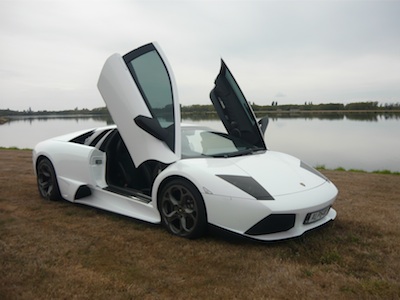

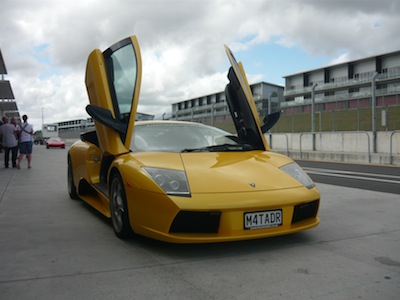
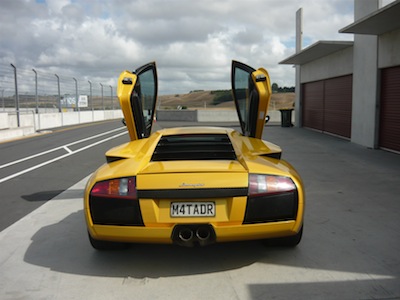
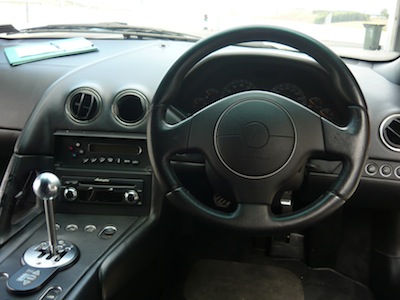
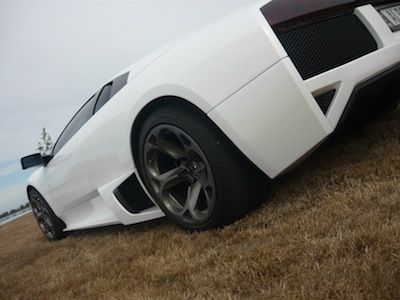
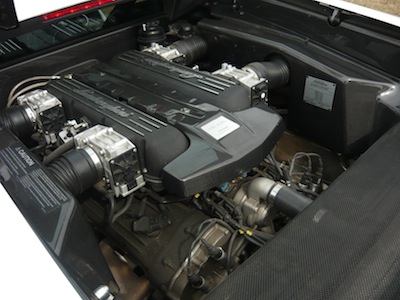
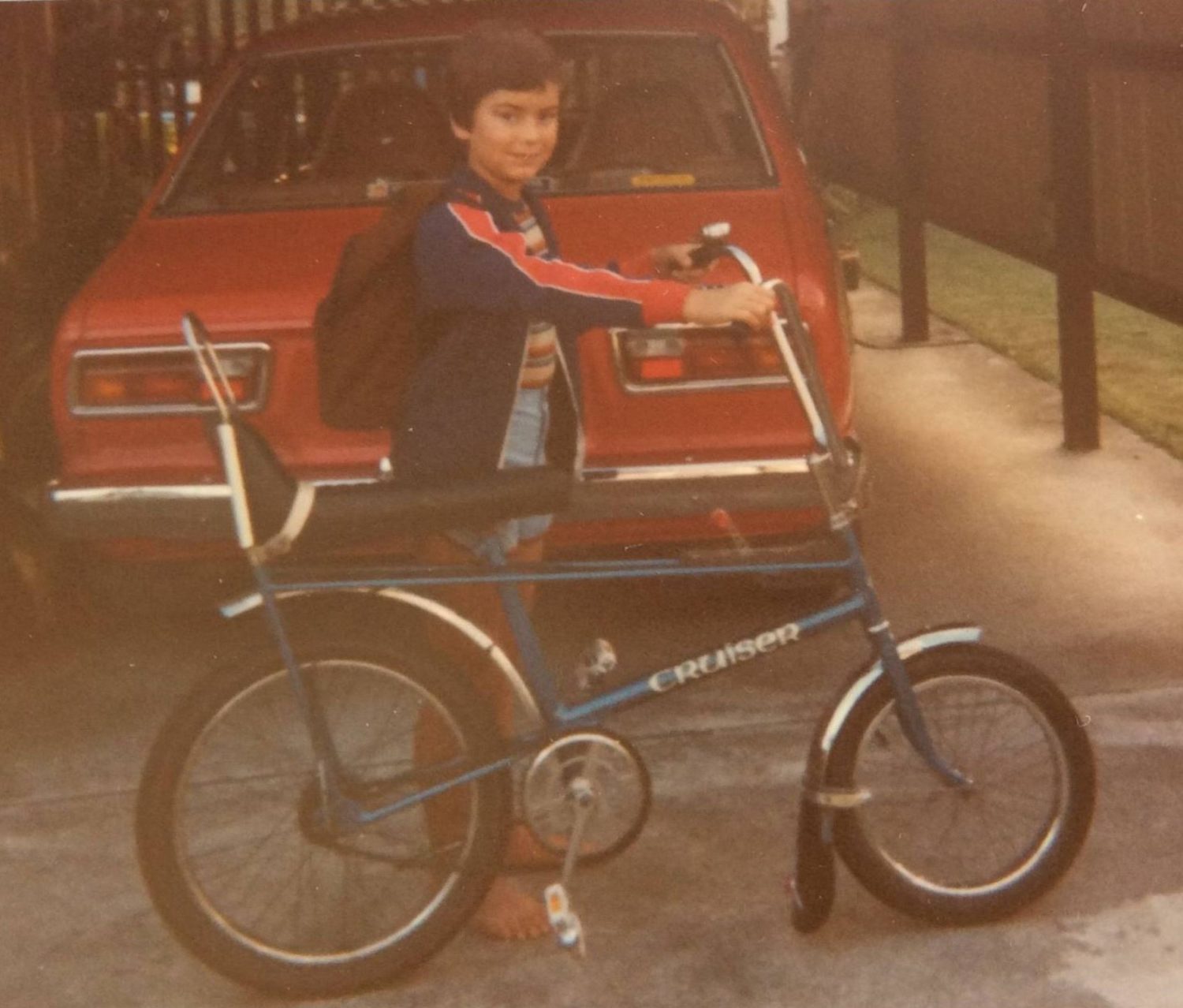
You must be logged in to post a comment.